Dire Wolves Recreated? Meet the Genetically Modified Animals from Colossal Biosciences
Dire Wolves Recreated? Meet the Genetically Modified Animals from Colossal Biosciences
Dire Wolves Recreated? Meet the Genetically Modified Animals from Colossal Biosciences
Apr 11, 2025
Apr 11, 2025

Cub of the modern dire wolf. Credit: Colossal Laboratories & Biosciences.
Cub of the modern dire wolf. Credit: Colossal Laboratories & Biosciences.
Colossal Biosciences has unveiled modified wolves that resemble the extinct dire wolves. Find out why scientists still debate whether these animals can truly be considered a “revival” of the species.
Colossal Biosciences has unveiled modified wolves that resemble the extinct dire wolves. Find out why scientists still debate whether these animals can truly be considered a “revival” of the species.
On April 7, 2025, Colossal Biosciences announced the birth of three pups named Romulus, Remus, and Khaleesi. They were presented as the first living “dire wolves” in over 10,000 years. But the central question remains: are they truly dire wolves?
According to the company, they were developed via genetic engineering to recover the phenotypic traits of the extinct species. However, the scientific community is still debating the validity of this claim.
The Genetic Engineering Behind the New Pups
The project began with analyzing two dire wolf fossils: a tooth roughly 13,000 years old and an inner-ear bone dated to about 72,000 years ago. Scientists extracted DNA fragments from these specimens and compared them to the genome of modern gray wolves.
This comparison identified around 20 genes linked to traits such as coat color (including the CORIN gene), body size, and skull morphology. After editing these genes, the modified cell nuclei were inserted into dog eggs, carrying the embryos to term via cesarean section. Romulus, Remus, and Khaleesi are now five months old.
Are They Really Dire Wolves?
Experts remain divided. Paleoecologist Jacquelyn Gill argues that without a complete genome of the extinct species, it’s impossible to confirm that these pups are real dire wolves. To her, they are gray wolves with some traits inspired by ancient records.
On the other hand, Colossal’s chief scientific officer, Beth Shapiro, contends that the project’s aim isn’t to clone an extinct animal but to restore its key characteristics. A new preprint seems to support this approach, suggesting that the genetic difference between dire and gray wolves may be smaller than previously thought.
Ethical Questions and Environmental Concerns
Despite the technological breakthrough, the experiment raises many concerns. Experts warn of the risk of public misunderstanding, as people may believe the species has been brought back to life. Furthermore, the environmental impacts of introducing these animals are still unknown, as are the welfare implications for the pups, as they live in isolation without interacting with a natural pack.
Some critics liken the scenario more to Jurassic Park fiction than to realistic conservation science.
Red Wolf Conservation: A More Urgent Application
Meanwhile, Colossal is working on cloning wolves using ancestral red wolf DNA. The red wolf is critically endangered in the United States, with fewer than 20 individuals left in the wild. These “ghost red wolves” aim to boost the genetic diversity of the remaining population.
For scientists like Heather Jay Huson, this type of intervention is far more justifiable and pressing than projects focused on recreating extinct species.
Where Are the Pups Now?
Romulus, Remus, and Khaleesi live on an 800-acre protected reserve under the care of a ten-member team. Their exact location has not been disclosed for security reasons. Currently, there are no plans for public display or breeding.
Researcher Adam Hartstone-Rose intends to study their bone structure and behavior in the future but expresses concern over their social isolation from a natural pack context.
—
Want to dive into all the scientific and ethical details of this recreation? Read the full article here.
On April 7, 2025, Colossal Biosciences announced the birth of three pups named Romulus, Remus, and Khaleesi. They were presented as the first living “dire wolves” in over 10,000 years. But the central question remains: are they truly dire wolves?
According to the company, they were developed via genetic engineering to recover the phenotypic traits of the extinct species. However, the scientific community is still debating the validity of this claim.
The Genetic Engineering Behind the New Pups
The project began with analyzing two dire wolf fossils: a tooth roughly 13,000 years old and an inner-ear bone dated to about 72,000 years ago. Scientists extracted DNA fragments from these specimens and compared them to the genome of modern gray wolves.
This comparison identified around 20 genes linked to traits such as coat color (including the CORIN gene), body size, and skull morphology. After editing these genes, the modified cell nuclei were inserted into dog eggs, carrying the embryos to term via cesarean section. Romulus, Remus, and Khaleesi are now five months old.
Are They Really Dire Wolves?
Experts remain divided. Paleoecologist Jacquelyn Gill argues that without a complete genome of the extinct species, it’s impossible to confirm that these pups are real dire wolves. To her, they are gray wolves with some traits inspired by ancient records.
On the other hand, Colossal’s chief scientific officer, Beth Shapiro, contends that the project’s aim isn’t to clone an extinct animal but to restore its key characteristics. A new preprint seems to support this approach, suggesting that the genetic difference between dire and gray wolves may be smaller than previously thought.
Ethical Questions and Environmental Concerns
Despite the technological breakthrough, the experiment raises many concerns. Experts warn of the risk of public misunderstanding, as people may believe the species has been brought back to life. Furthermore, the environmental impacts of introducing these animals are still unknown, as are the welfare implications for the pups, as they live in isolation without interacting with a natural pack.
Some critics liken the scenario more to Jurassic Park fiction than to realistic conservation science.
Red Wolf Conservation: A More Urgent Application
Meanwhile, Colossal is working on cloning wolves using ancestral red wolf DNA. The red wolf is critically endangered in the United States, with fewer than 20 individuals left in the wild. These “ghost red wolves” aim to boost the genetic diversity of the remaining population.
For scientists like Heather Jay Huson, this type of intervention is far more justifiable and pressing than projects focused on recreating extinct species.
Where Are the Pups Now?
Romulus, Remus, and Khaleesi live on an 800-acre protected reserve under the care of a ten-member team. Their exact location has not been disclosed for security reasons. Currently, there are no plans for public display or breeding.
Researcher Adam Hartstone-Rose intends to study their bone structure and behavior in the future but expresses concern over their social isolation from a natural pack context.
—
Want to dive into all the scientific and ethical details of this recreation? Read the full article here.
On April 7, 2025, Colossal Biosciences announced the birth of three pups named Romulus, Remus, and Khaleesi. They were presented as the first living “dire wolves” in over 10,000 years. But the central question remains: are they truly dire wolves?
According to the company, they were developed via genetic engineering to recover the phenotypic traits of the extinct species. However, the scientific community is still debating the validity of this claim.
The Genetic Engineering Behind the New Pups
The project began with analyzing two dire wolf fossils: a tooth roughly 13,000 years old and an inner-ear bone dated to about 72,000 years ago. Scientists extracted DNA fragments from these specimens and compared them to the genome of modern gray wolves.
This comparison identified around 20 genes linked to traits such as coat color (including the CORIN gene), body size, and skull morphology. After editing these genes, the modified cell nuclei were inserted into dog eggs, carrying the embryos to term via cesarean section. Romulus, Remus, and Khaleesi are now five months old.
Are They Really Dire Wolves?
Experts remain divided. Paleoecologist Jacquelyn Gill argues that without a complete genome of the extinct species, it’s impossible to confirm that these pups are real dire wolves. To her, they are gray wolves with some traits inspired by ancient records.
On the other hand, Colossal’s chief scientific officer, Beth Shapiro, contends that the project’s aim isn’t to clone an extinct animal but to restore its key characteristics. A new preprint seems to support this approach, suggesting that the genetic difference between dire and gray wolves may be smaller than previously thought.
Ethical Questions and Environmental Concerns
Despite the technological breakthrough, the experiment raises many concerns. Experts warn of the risk of public misunderstanding, as people may believe the species has been brought back to life. Furthermore, the environmental impacts of introducing these animals are still unknown, as are the welfare implications for the pups, as they live in isolation without interacting with a natural pack.
Some critics liken the scenario more to Jurassic Park fiction than to realistic conservation science.
Red Wolf Conservation: A More Urgent Application
Meanwhile, Colossal is working on cloning wolves using ancestral red wolf DNA. The red wolf is critically endangered in the United States, with fewer than 20 individuals left in the wild. These “ghost red wolves” aim to boost the genetic diversity of the remaining population.
For scientists like Heather Jay Huson, this type of intervention is far more justifiable and pressing than projects focused on recreating extinct species.
Where Are the Pups Now?
Romulus, Remus, and Khaleesi live on an 800-acre protected reserve under the care of a ten-member team. Their exact location has not been disclosed for security reasons. Currently, there are no plans for public display or breeding.
Researcher Adam Hartstone-Rose intends to study their bone structure and behavior in the future but expresses concern over their social isolation from a natural pack context.
—
Want to dive into all the scientific and ethical details of this recreation? Read the full article here.

Compartir en:
Ver También
Ver También

Microplásticos detectados en el líquido folicular ovárico: ¿qué significa para la fertilidad humana?
Apr 22, 2025

Crisis humanitaria en Myanmar: millones necesitan ayuda tras terremotos devastadores
Apr 21, 2025

¿Vida en otro planeta? Detectan gas vinculado a la vida en el exoplaneta K2-18b
Apr 18, 2025

¿Lobos terribles recreados? Conoce los animales modificados genéticamente por Colossal Biosciences
Apr 11, 2025

Seguridad digital e inteligencia artificial: soluciones y desafíos en 2025
Apr 3, 2025

Salud cardiovascular en comunidades rurales: estudio revela los impactos de los factores sociales
Apr 1, 2025

Calor inesperado marca el primer día de la primavera de 2025 en el Reino Unido: ¿señal del cambio climático?
Mar 21, 2025

DeepSeek AI: el chatbot chino que está sacudiendo el mercado global
Feb 7, 2025

Estudio revela que la vida social activa puede reducir el riesgo de demencia
Feb 4, 2025

Año nuevo lunar 2025: la llegada del año de la serpiente
Jan 30, 2025

Nueva hipótesis sobre el origen de los dinosaurios desafía conceptos tradicionales
Jan 27, 2025
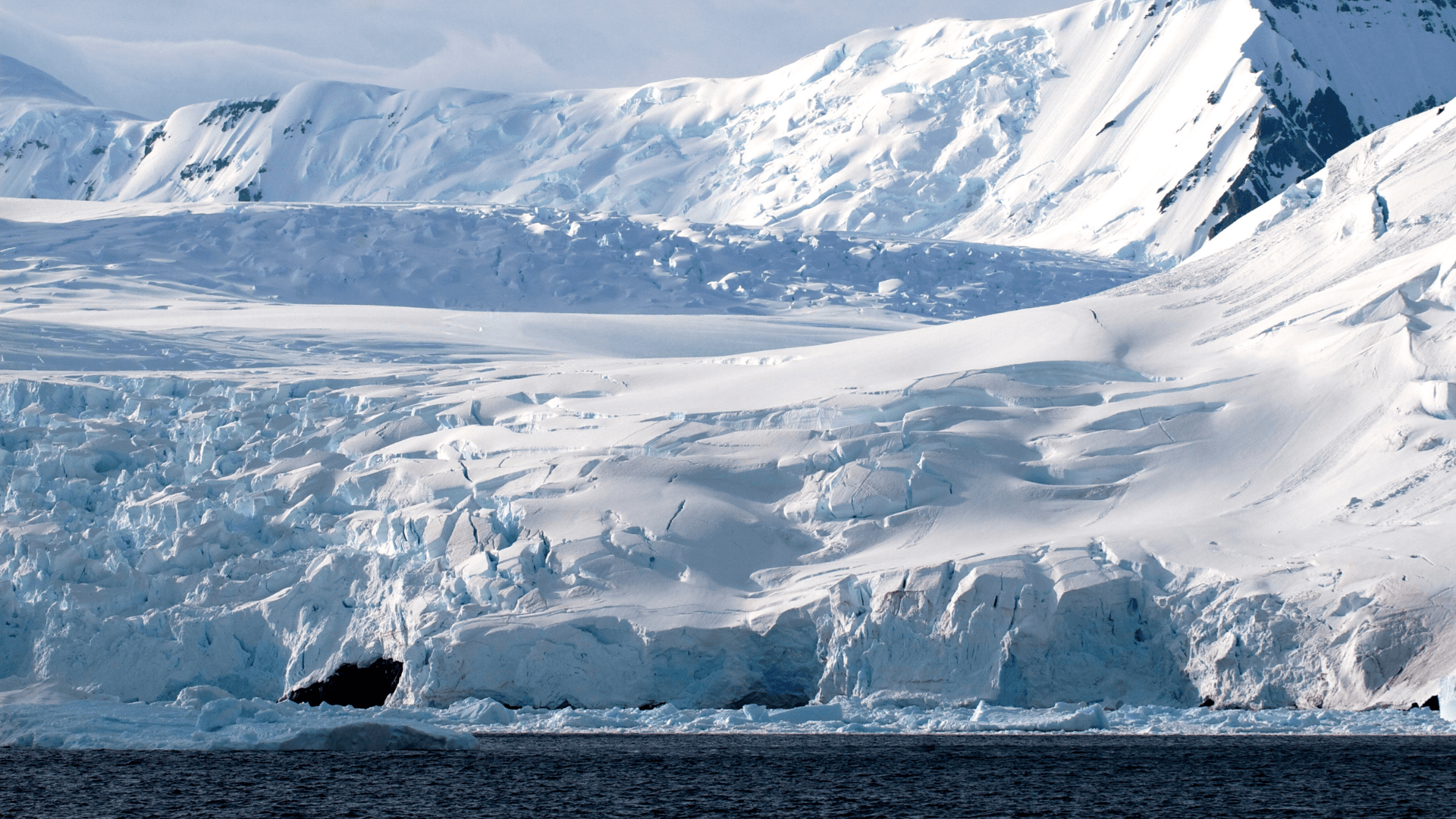
Colapso de la plataforma de hielo Conger: alerta para la Antártida Oriental
Dec 20, 2024

Emociones y el cuerpo humano: conexiones milenarias en textos neoasirios
Dec 20, 2024

Un estudio relaciona la contaminación atmosférica con el riesgo de tromboembolia venosa
Dec 20, 2024
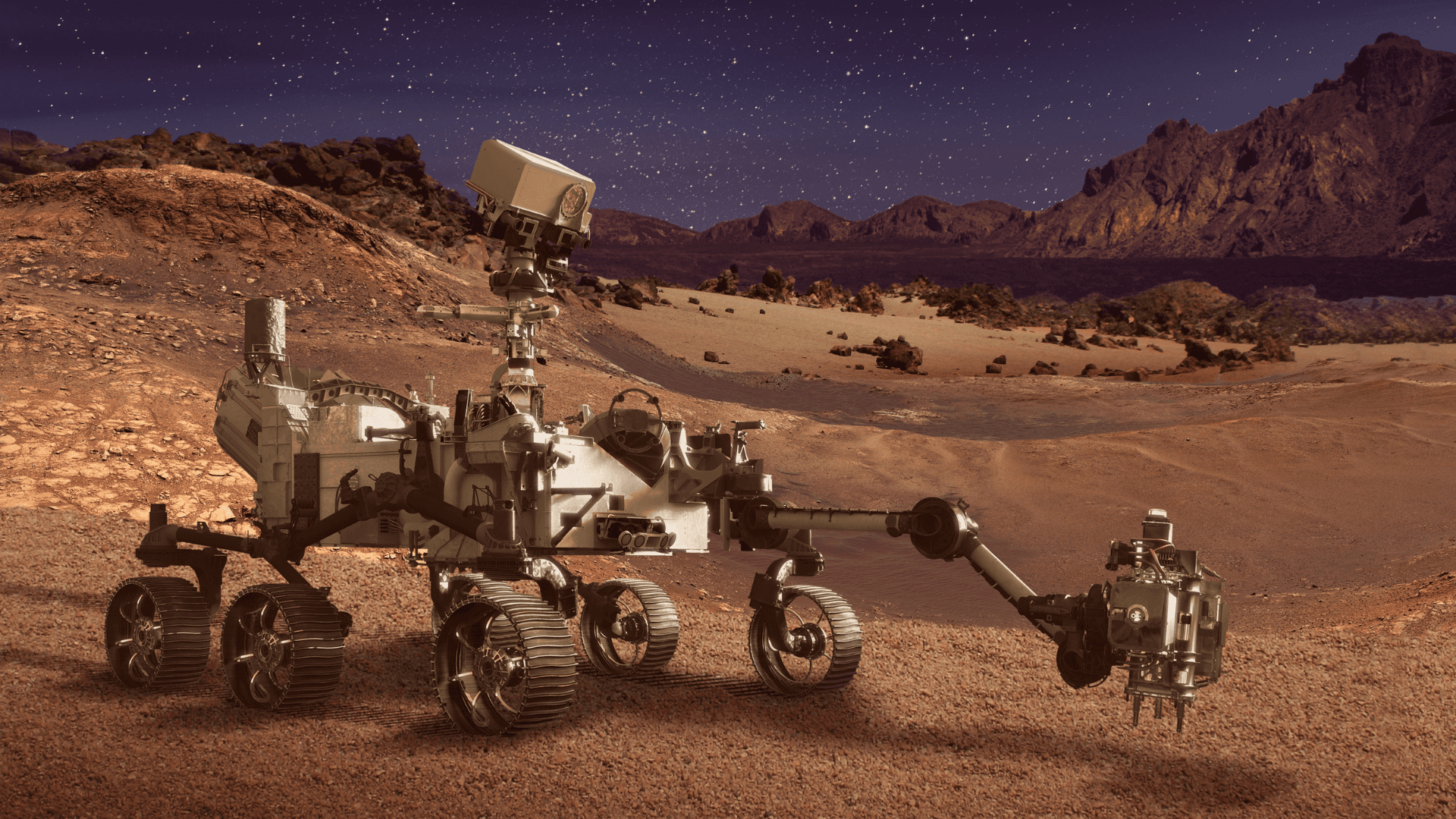
Ambiente potencialmente habitable en Marte descubierto por Perseverance
Dec 20, 2024

Revolución XRISM: Nuevos descubrimientos sobre agujeros negros supermasivos
Oct 15, 2024

Estudio aponta que la duplicación del gen AMY1, relacionado con la digestión del almidón, precede a la agricultura
Oct 14, 2024

Nacimientos en la UE caen por debajo de los 4 millones por primera vez desde 1960
Oct 11, 2024

Excavación en Dinamarca revela 50 esqueletos Viking increíblemente preservados
Oct 10, 2024

Estudio detecta mayor incidencia de asma y rinitis alérgica en personas nacidas en otoño e invierno en Finlandia
Oct 9, 2024

Estudio señala similitudes entre la pubertad de adolescentes de la Edad de Hielo y jóvenes modernos
Oct 8, 2024
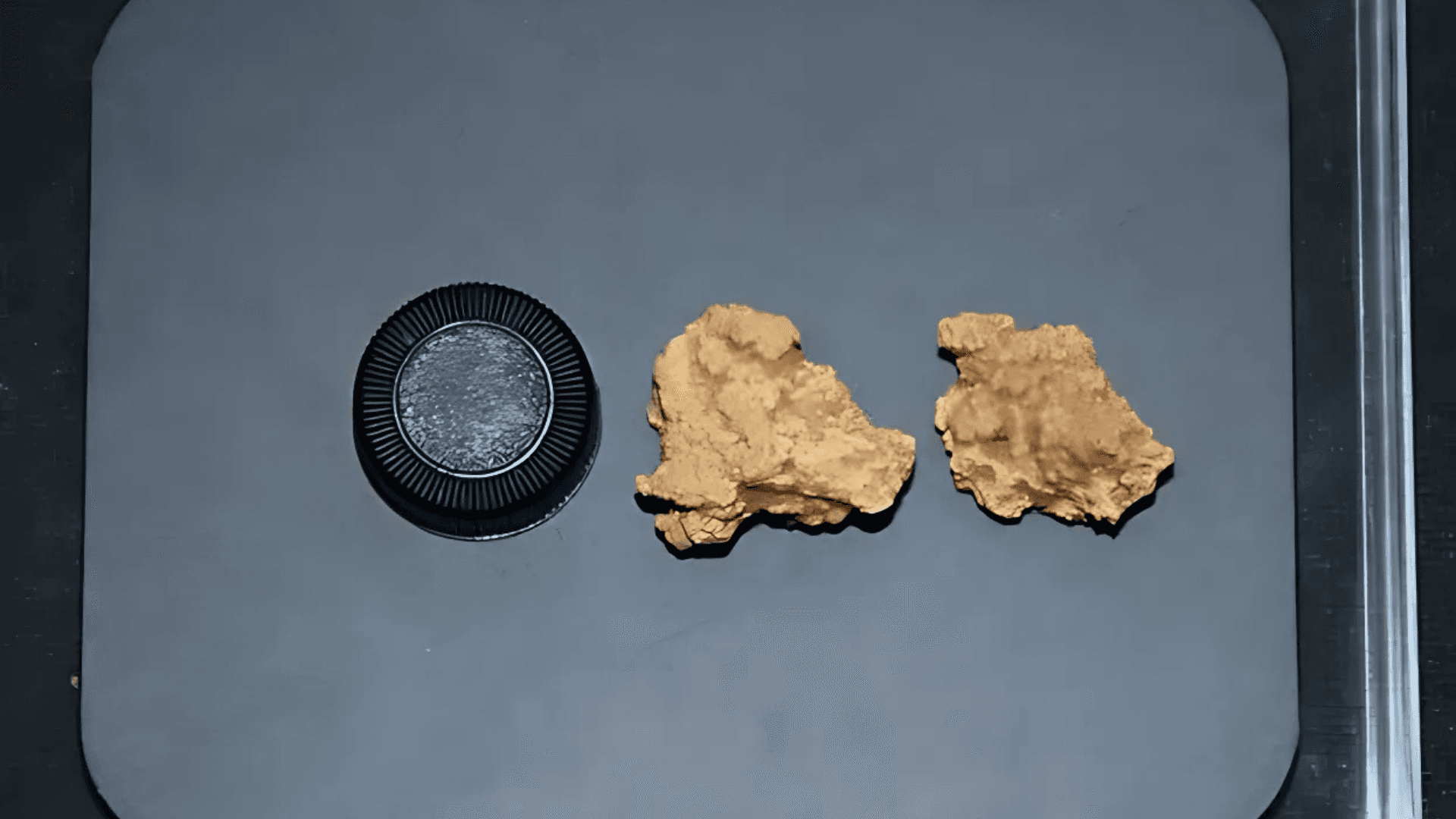
Análisis de ADN en momias chinas de 3.600 años revela el queso más antiguo del mundo
Oct 7, 2024
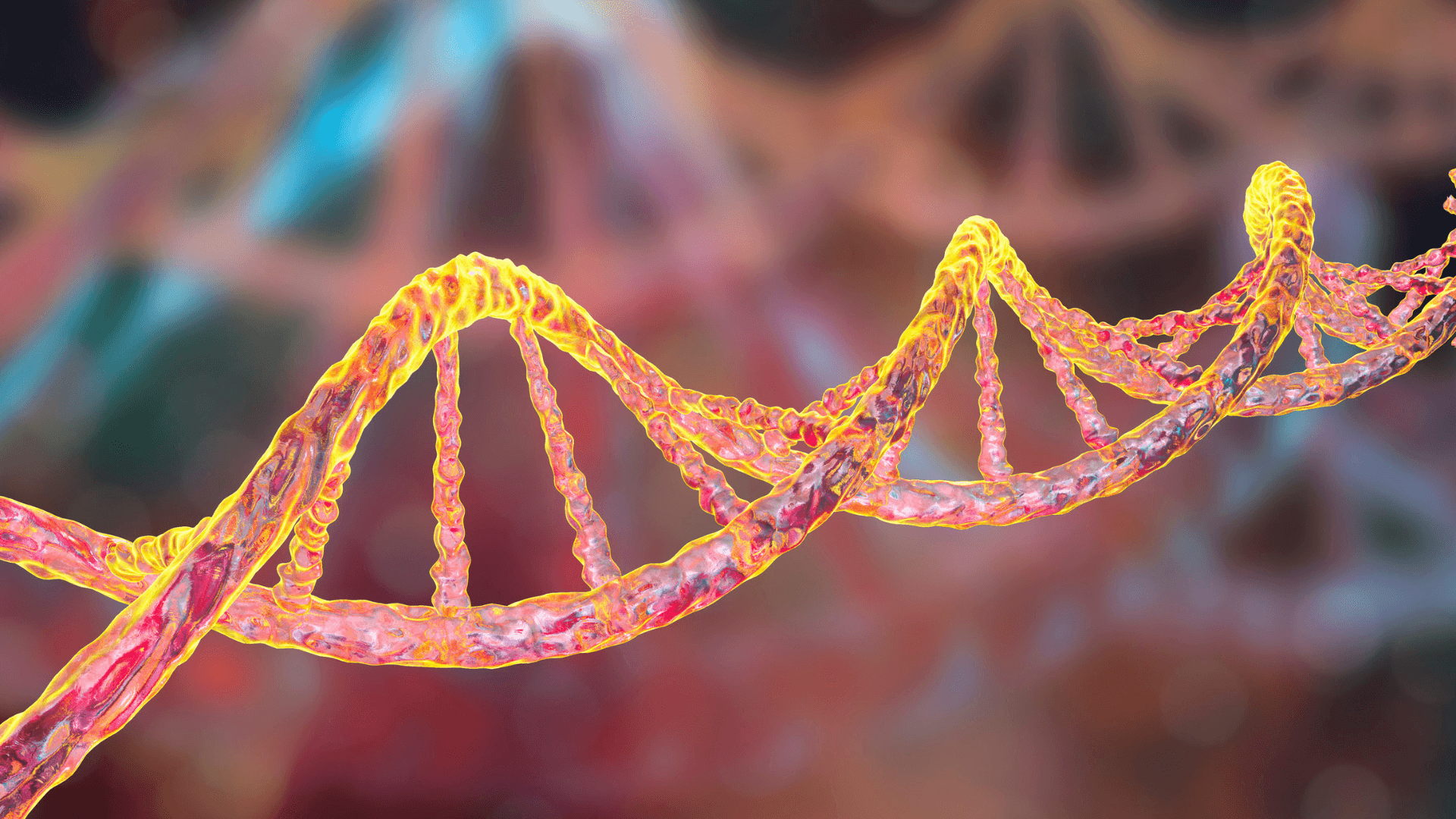
Estudio revela estabilidad genética de poblaciones del África Austral durante 10 milenios
Oct 4, 2024

Nueve lugares míticos que podrían haber existido, según descubrimientos arqueológicos
Oct 3, 2024
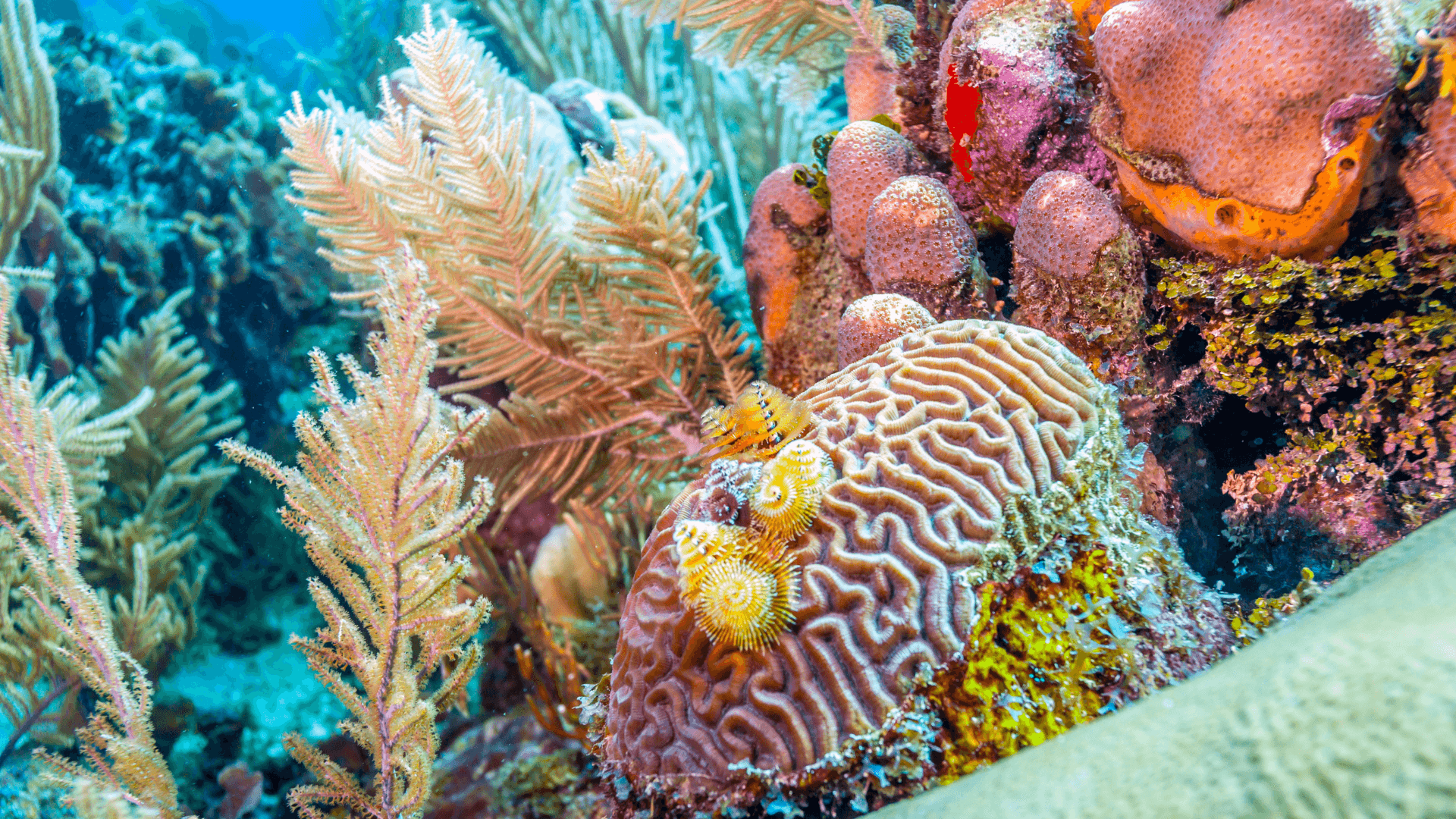
Cómo los derechos humanos pueden salvar los arrecifes de coral y responsabilizar a los gobiernos
Oct 2, 2024

Informe de Carbon Brief señala que 2024 podría ser el año más cálido de la historia
Sep 4, 2024

El clima determina la distribución de mamíferos, revela estudio de la Universidad Estatal de Carolina del Norte
Sep 4, 2024

Estudio sugiere que los ‘hotspots’ de fósiles en África distorsionan la visión de la evolución humana
Sep 3, 2024

Ruido inusual en la Starliner de Boeing intriga a astronauta de la NASA
Sep 3, 2024

Estructura en forma de rosquilla en el núcleo de la Tierra revela secretos sobre el campo magnético
Sep 2, 2024

Compartir en:

Compartir en:

Microplásticos detectados en el líquido folicular ovárico: ¿qué significa para la fertilidad humana?
Apr 22, 2025

Crisis humanitaria en Myanmar: millones necesitan ayuda tras terremotos devastadores
Apr 21, 2025

¿Vida en otro planeta? Detectan gas vinculado a la vida en el exoplaneta K2-18b
Apr 18, 2025

¿Lobos terribles recreados? Conoce los animales modificados genéticamente por Colossal Biosciences
Apr 11, 2025

Seguridad digital e inteligencia artificial: soluciones y desafíos en 2025
Apr 3, 2025

Salud cardiovascular en comunidades rurales: estudio revela los impactos de los factores sociales
Apr 1, 2025

Calor inesperado marca el primer día de la primavera de 2025 en el Reino Unido: ¿señal del cambio climático?
Mar 21, 2025

DeepSeek AI: el chatbot chino que está sacudiendo el mercado global
Feb 7, 2025

Estudio revela que la vida social activa puede reducir el riesgo de demencia
Feb 4, 2025

Año nuevo lunar 2025: la llegada del año de la serpiente
Jan 30, 2025

Nueva hipótesis sobre el origen de los dinosaurios desafía conceptos tradicionales
Jan 27, 2025

Colapso de la plataforma de hielo Conger: alerta para la Antártida Oriental
Dec 20, 2024

Emociones y el cuerpo humano: conexiones milenarias en textos neoasirios
Dec 20, 2024

Un estudio relaciona la contaminación atmosférica con el riesgo de tromboembolia venosa
Dec 20, 2024

Ambiente potencialmente habitable en Marte descubierto por Perseverance
Dec 20, 2024

Revolución XRISM: Nuevos descubrimientos sobre agujeros negros supermasivos
Oct 15, 2024

Estudio aponta que la duplicación del gen AMY1, relacionado con la digestión del almidón, precede a la agricultura
Oct 14, 2024

Nacimientos en la UE caen por debajo de los 4 millones por primera vez desde 1960
Oct 11, 2024

Excavación en Dinamarca revela 50 esqueletos Viking increíblemente preservados
Oct 10, 2024

Estudio detecta mayor incidencia de asma y rinitis alérgica en personas nacidas en otoño e invierno en Finlandia
Oct 9, 2024

Estudio señala similitudes entre la pubertad de adolescentes de la Edad de Hielo y jóvenes modernos
Oct 8, 2024

Análisis de ADN en momias chinas de 3.600 años revela el queso más antiguo del mundo
Oct 7, 2024

Estudio revela estabilidad genética de poblaciones del África Austral durante 10 milenios
Oct 4, 2024

Nueve lugares míticos que podrían haber existido, según descubrimientos arqueológicos
Oct 3, 2024

Cómo los derechos humanos pueden salvar los arrecifes de coral y responsabilizar a los gobiernos
Oct 2, 2024

Informe de Carbon Brief señala que 2024 podría ser el año más cálido de la historia
Sep 4, 2024

El clima determina la distribución de mamíferos, revela estudio de la Universidad Estatal de Carolina del Norte
Sep 4, 2024

Estudio sugiere que los ‘hotspots’ de fósiles en África distorsionan la visión de la evolución humana
Sep 3, 2024

Ruido inusual en la Starliner de Boeing intriga a astronauta de la NASA
Sep 3, 2024

Estructura en forma de rosquilla en el núcleo de la Tierra revela secretos sobre el campo magnético
Sep 2, 2024
